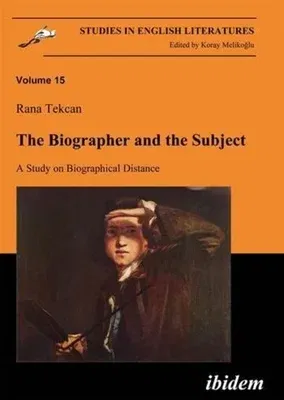Rana Tekcan
(Author)The Biographer and the Subject: A Study on Biographical DistancePaperback, 1 March 2010

Qty
1
Turbo
Ships in 2 - 3 days
In Stock
Free Delivery
Cash on Delivery
15 Days
Free Returns
Secure Checkout

Part of Series
Studies in English Literatures
Print Length
178 pages
Language
English
Publisher
Ibidem Press
Date Published
1 Mar 2010
ISBN-10
389821995X
ISBN-13
9783898219952
Description
Product Details
Author:
Book Format:
Paperback
Country of Origin:
US
Date Published:
1 March 2010
Dimensions:
21.01 x
14.81 x
0.97 cm
ISBN-10:
389821995X
ISBN-13:
9783898219952
Language:
English
Location:
New York
Pages:
178
Publisher:
Weight:
217.72 gm